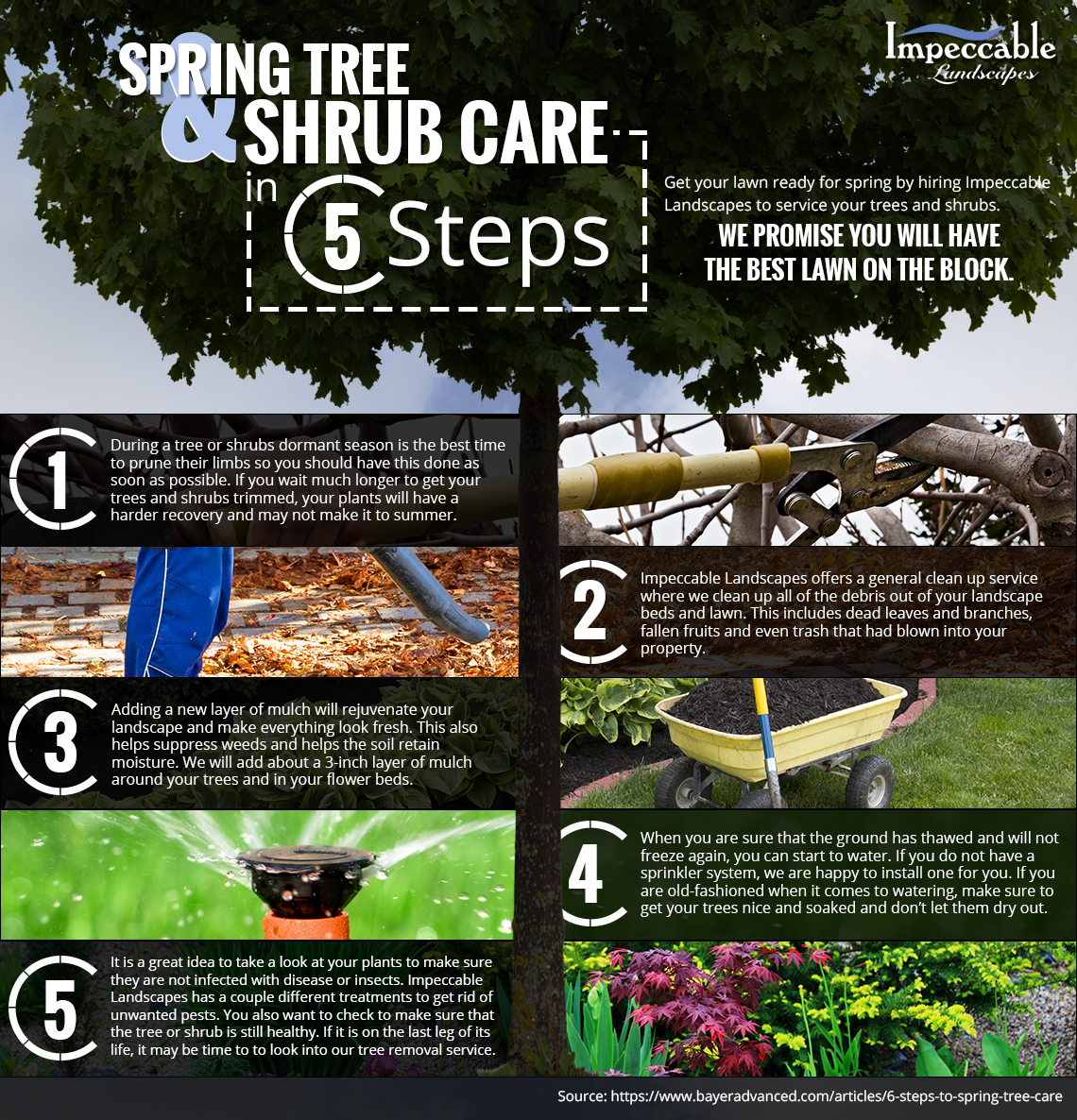Guarding Your Landscape: Replanting After Tree Removal
Guarding Your Landscape: Replanting After Tree Removal
Blog Article
Content Author-Hartley Upton
Tree elimination can leave a space in your landscape that needs dental filling. You can plant something new in that space, yet it takes added care and interest at the beginning to assist it grow.
The dirt in that location will keep altering with time as bacteria break down the old roots. That can affect the nutrient equilibrium and physical room for new development.
Dirt
The dirt in a story where a tree has actually been eliminated is likely to be extremely different from the remainder of your yard or backyard. The origins of the old tree and the stump will certainly have altered the soil, removing some nutrients and possibly crowding out other plants. Additionally, if the previous tree was diseased, the transmittable agent may still remain in the ground.
The presence of origins promotes a rich and varied area of dirt microbes that improves necessary procedures like nutrient biking and organic matter decay. Without these bacteria, the displaced dirt can come to be less fertile and nutrient-depleted, with a negative effect on plant growth.
Before replanting, the dirt should be eliminated of debris and natural material (such as wood chips from stump grinding). You might wish to mix in potting dirt or native dirt with this compost to provide your brand-new planting with a setting that is well balanced and filled with nutrients.
Water
Tree origins soak up large quantities of water from the dirt. This procedure likewise includes nutrients back to the dirt, particularly nitrogen, which is essential for new trees and plants. Sadly, old dirt can be depleted of these crucial minerals because of the decaying origins and stump from a gotten rid of tree.
This is why it is necessary to have a prepare for the future of your landscape. Ideally, the very best time to plant is when you have a fresh start.
Whether you're planting lawn or flowers, make certain to utilize a soaker pipe to avoid overwatering your new landscape design. If Highly recommended Website was a garden, ensure to cover the dirt with organic compost to help maintain wetness in the soil, control soil temperatures and subdue weeds. https://www.dwell.com/article/6-backyard-landscape-designs-that-need-minimal-maintenance-220ece7a supplies a layer of defense for young plants and promotes worm activity. After that, consistently replenish the mulch to continue boosting the soil nutrient thickness and microbial life. This is called dirt restoration.
Light
Trees are a fantastic addition to any kind of landscape, providing color, aesthetic pulchritude, and numerous other benefits. Nevertheless, sometimes trees end up being unpleasant as a result of a range of factors, consisting of condition, parasite problems and all-natural aging.
In such instances, it may be required to get rid of a tree. It is very important to take into consideration the value of a specific tree in your landscape design and take the appropriate actions to make sure that the removal is done securely and successfully.
During the late summertime, it's an excellent time to perform maintenance and evaluations on existing trees. Search for indicators of disease, insect invasions, or structural damages, along with any type of prospective hazards such as weakened or leaning trees.
Prior to beginning any building and construction projects, make sure to safeguard the root areas of existing trees by preventing dirt compaction and rating around them. Organic matter, as it breaks down, can produce poisonous gases that are detrimental to the origins of a tree. It's also a great idea to mulch the location around a tree after building has finished to save dampness and reduce weed growth.
Temperature level
Trees are essential to a landscape for their aesthetic charm, yet they also play a crucial duty in the regional ecological community by supplying color and windbreaks. They sustain wildlife habitats and decrease the quantity of carbon dioxide airborne, which can add to international warming. This is why it is a good idea to replant trees after eliminating one from the home.
When replanting a new tree in the place of a previous stump, the dirt might not have enough nutrients to sustain it. It is best to wait on a year prior to growing to ensure that the soil will certainly be abundant in nutrients.
To make certain that replanted trees thrive, it is vital to provide them with proper treatment. A layer of compost will certainly maintain soil dampness from vaporizing, control dirt temperature level, and help subdue weeds. Organic compost is the preferred option because it improves dirt fertility. Ongoing fertilization and parasite control are also important for replanted trees.